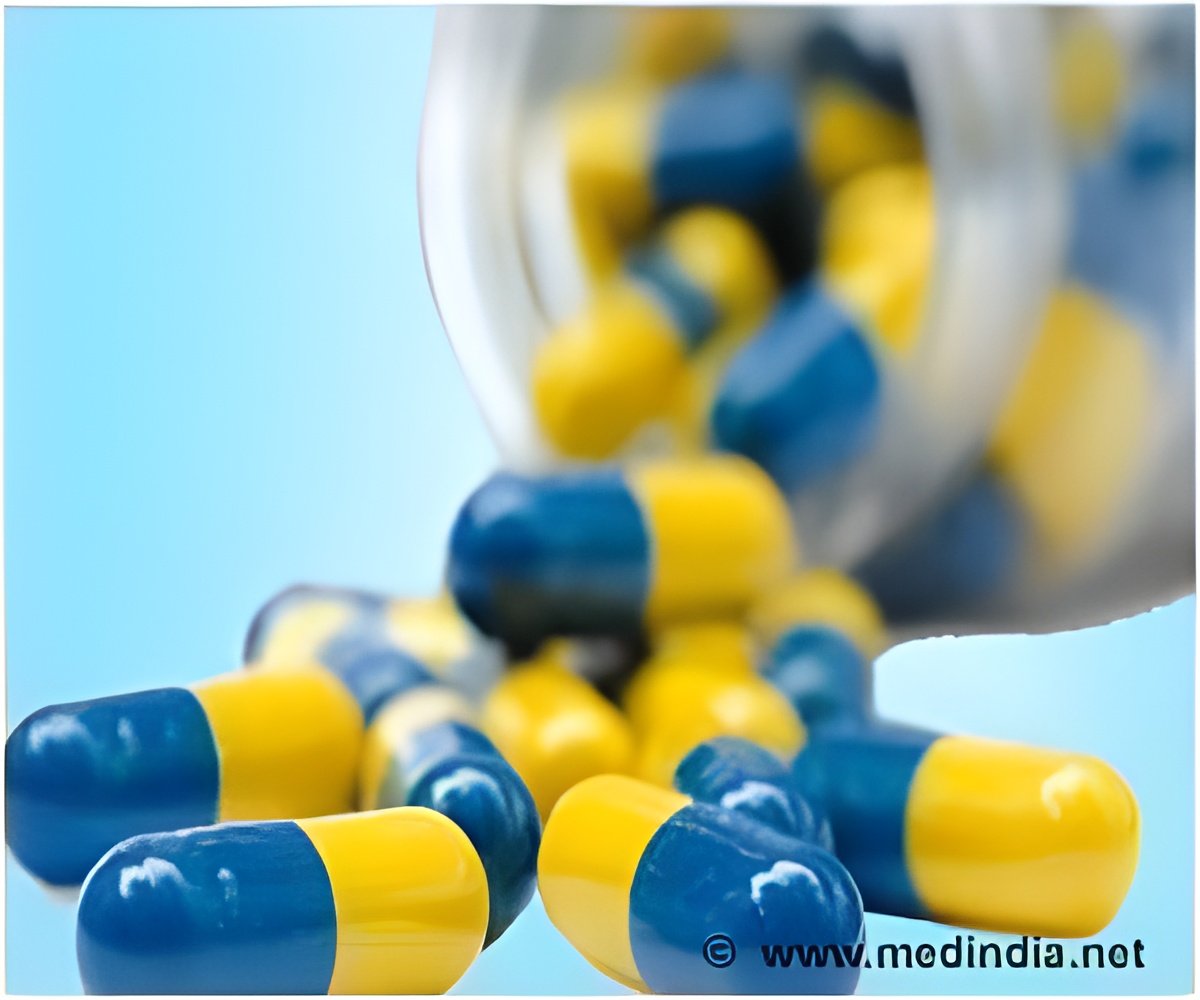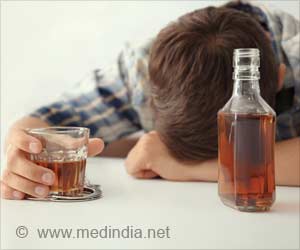
‘Rapamycin inhibits the activity of the mTORC1 enzyme in the brain. When given in combination, Rapablock, a new molecule, helps eliminate its side effects.’
Tweet it Now
The standard treatment options for AUD involve therapies that aim to make alcohol consumption an unpleasant experience but, Dr.Dorit Ron has a different opinion. “Alcohol use disorder is really a process of maladapted learning and memory. Alcohol is rewarding, and we learn to associate alcohol, and even the environment in which we drink the alcohol, with that reward,” said Dr.Ron. In her previous study, Dr.Ron showed that alcohol consumption activates an enzyme called mTORC1 in the brain. She also demonstrated that the activity of this enzyme could be inhibited with the help of the FDA-approved compound rapamycin. Dr. Kevan Shokat collaborated with Ron and created a molecule called RapaLink-1, similar to rapamycin. This compound is now being tested in oncology clinical trials.
The problems with these treatment options are liver toxicity, glucose intolerance, and some other metabolic side effects, as the enzyme plays a crucial role in metabolic processes and liver function.
In the current study, Dr.Ziyang Zhang, a postdoctoral researcher in Shokat’s lab, tried another breakthrough technology to overcome the adverse effects caused by the above treatment option. He developed and tested a new molecule called Rapablock that halts the activity of Rapalink-1 everywhere except the brain.
“We could see these side effects in mice who are taking rapamycin or RapaLink-1, and then when you give Rapablock, it’s like magic, the side effects are gone,” said Ron.
Advertisement
The findings of this research have been published in the journal Nature Communications .
Advertisement
Source-Medindia













